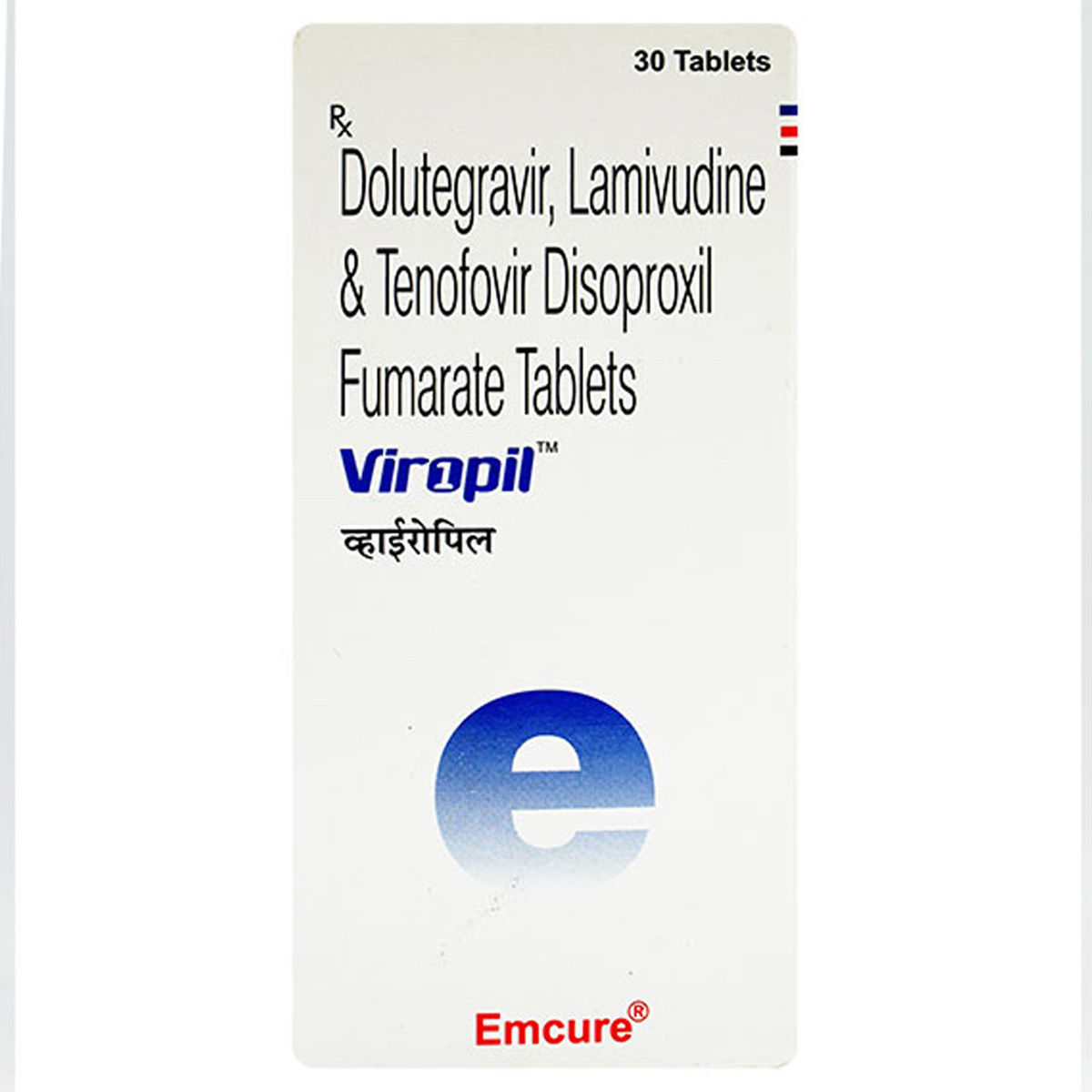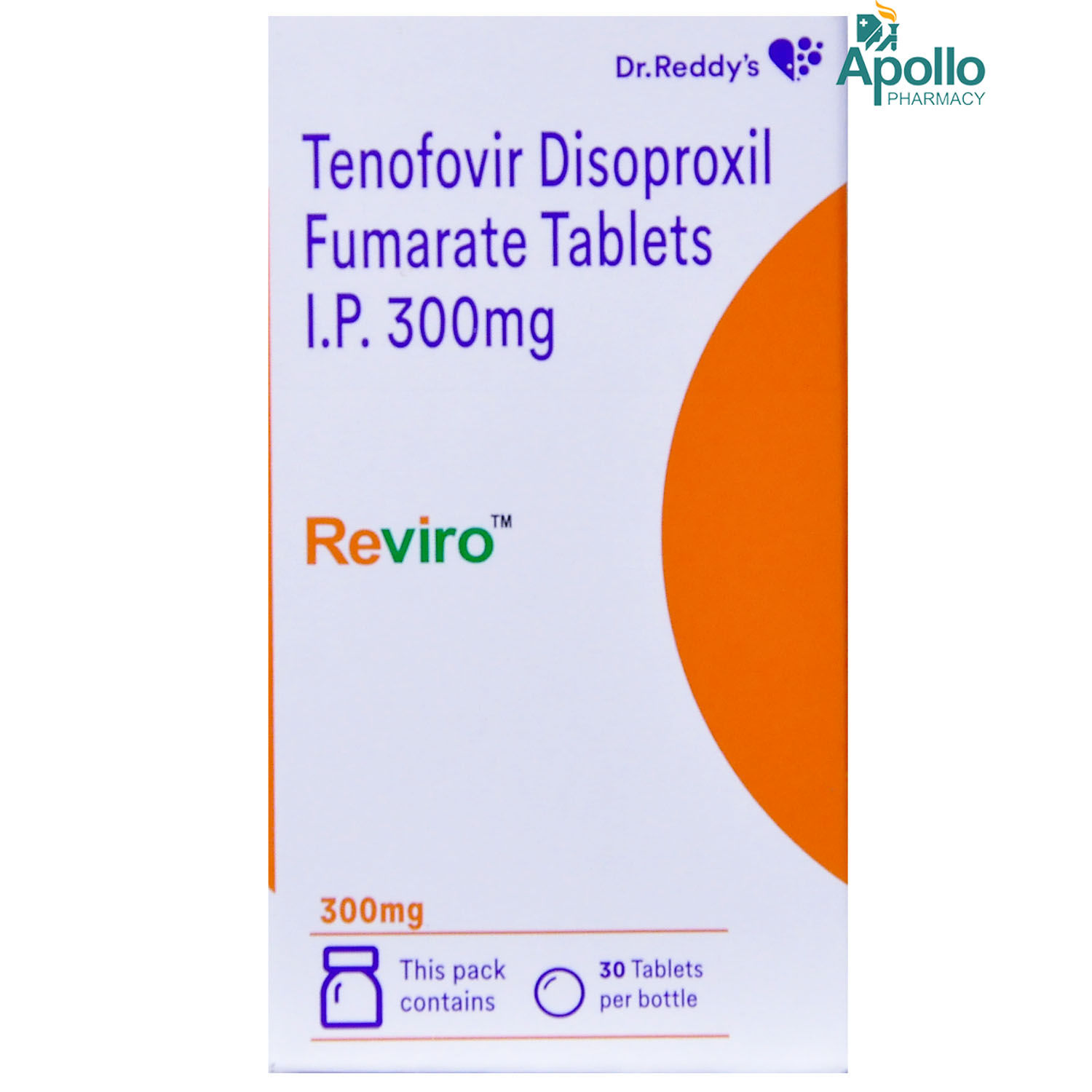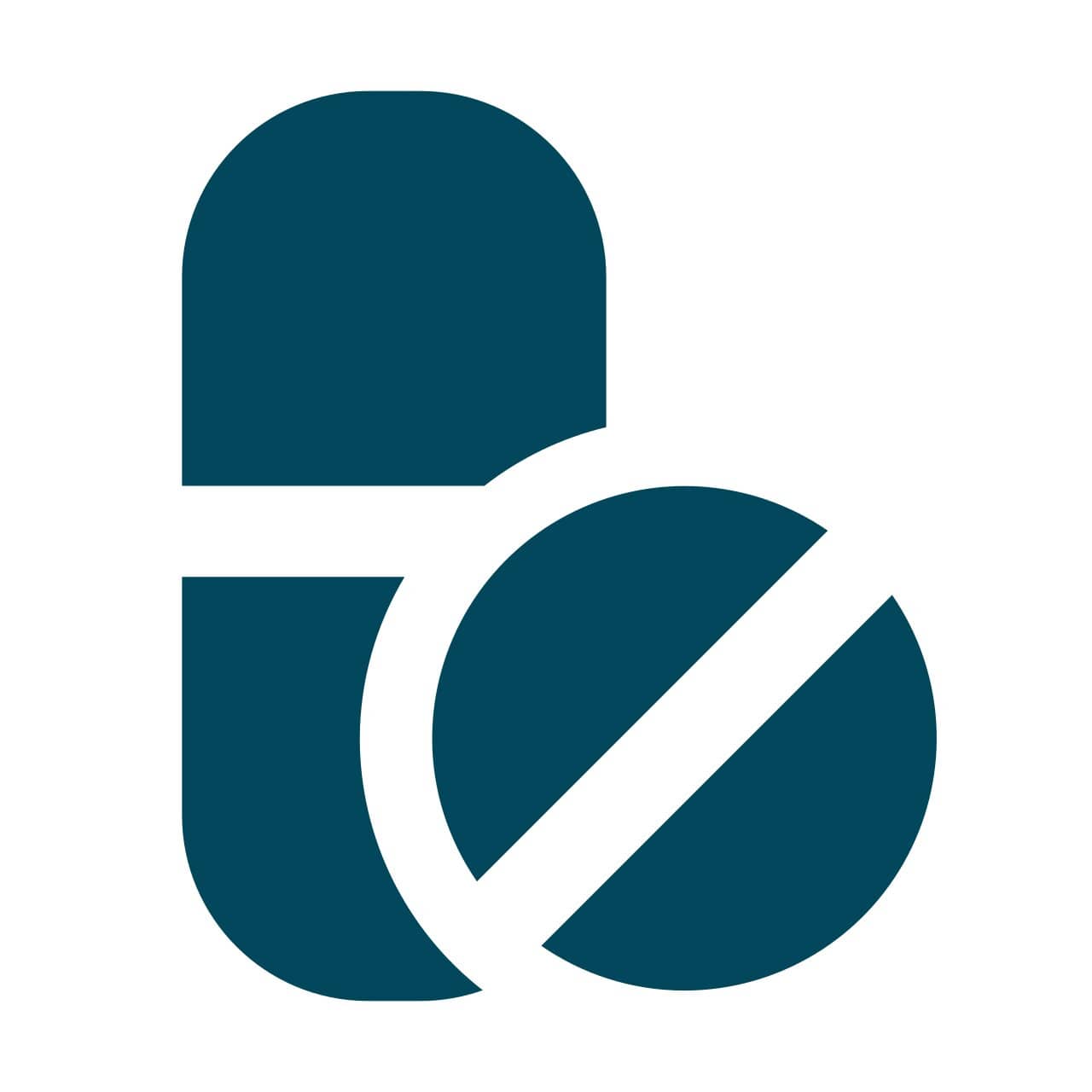- Home
- Health Condition
Medicine For Hiv
Medicine For Hiv
- Total Items (50)
 RX
RXSpegra Tablet 30's
₹3954.50
MRP ₹4822.50
18% off
 RX
RXViropil Tablet 30's
₹3168.10
MRP ₹3863.50
18% off
 RX
RXTenvir 300 Tablet 30's
₹1386
MRP ₹1540
10% off
 RX
RXTenvir-EM Tablet 30's
₹2401
MRP ₹2928
18% off
 RX
RXViraday Tablet 30's
₹3517.80
MRP ₹4290
18% off
 RX
RXTrustiva Tablet 30's
₹3116
MRP ₹3800
18% off
 RX
RXVonavir Tablet 30's
₹3198
MRP ₹3900
18% off
 RX
RXRitocom Tablet 30's
₹1449.90
MRP ₹1611
10% off
 RX
RXTrioday Tablet 30's
₹2833.10
MRP ₹3455
18% off
 RX
RXTenof EM Tablet 30's
₹1386
MRP ₹1540
10% off
 RX
RXReviro 300mg Tablet 30's
₹1385.60
MRP ₹1539.50
10% off
 RX
RXRicovir Tablet 30's
₹1032.20
MRP ₹1173
12% off
 RX
RXTenolam Tablet 30's
₹1377.90
MRP ₹1531
10% off
 RX
RXTenof 300 mg Tablet 30's
₹45.90
MRP ₹51
10% off
 RX
RXTenolam E Tablet 30's
₹2833.10
MRP ₹3455
18% off
 RX
RXTafmune-EM Tablet 30's
₹1673.10
MRP ₹1859
10% off
 RX
RXHeptavir 100mg Tablet 10's
₹80.60
MRP ₹89.50
10% off
 RX
RXTenohep Tablet 10's
₹13551.10
MRP ₹15399
12% off
 RX
RXTavin L Tablet 30's
₹1377.90
MRP ₹1531
10% off
 RX
RXTavin EM Tablet 30's
₹1978.20
MRP ₹2198
10% off
 RX
RXVirataz R Tablet 30's
₹2749.90
MRP ₹3353.50
18% off
 RX
RXLamivir-150 Tablet 10's
₹109.40
MRP ₹121.50
10% off
 RX
RXTavin Tablet 30's
₹1244.30
MRP ₹1382.50
10% off
Medicine for HIV
HIV (Human Immunodeficiency Virus) is a virus that attacks the immune system, weakening the body's ability to fight infections and diseases. If left untreated, HIV can progress to AIDS (Acquired Immunodeficiency Syndrome), a severe stage of immune system failure. Although there is no cure for HIV, antiretroviral therapy (ART) helps control the virus, allowing individuals to lead healthy lives.
The primary goal of ART is to suppress the viral load, preventing HIV from replicating and damaging the immune system. By keeping the virus at undetectable levels, ART significantly reduces the risk of developing opportunistic infections and HIV-related complications. With proper adherence, individuals with HIV can maintain a near-normal life expectancy and significantly lower the chances of transmitting the virus to others.
Early diagnosis and immediate initiation of ART are recommended to improve health outcomes and reduce the risk of disease progression. In addition to medication, a healthy lifestyle, regular check-ups, and mental well-being support play crucial roles in HIV management.
Types of Medicines Used for HIV
HIV treatment involves antiretroviral therapy (ART), which consists of a combination of drugs from different classes to effectively suppress the virus. These medications prevent the virus from multiplying, reducing the viral load in the body.
1. Nucleoside Reverse Transcriptase Inhibitors (NRTIs)
NRTIs act by blocking the reverse transcriptase enzyme, which HIV uses to replicate its genetic material.
- Zidovudine (AZT): One of the first HIV drugs developed, used in combination therapy.
- Lamivudine (3TC): Commonly used in fixed-dose combinations for HIV management.
- Tenofovir Disoproxil Fumarate (TDF): An effective NRTI with broad antiviral activity.
- Emtricitabine (FTC): Frequently combined with tenofovir for pre-exposure prophylaxis (PrEP) and HIV treatment.
- Abacavir (ABC): Used for patients who do not tolerate tenofovir.
2. Non-Nucleoside Reverse Transcriptase Inhibitors (NNRTIs)
NNRTIs inhibit the same enzyme as NRTIs but bind to a different site, preventing viral replication.
- Efavirenz (EFV): A commonly used NNRTI known for its effectiveness but may cause central nervous system side effects.
- Nevirapine (NVP): Often prescribed for HIV-positive pregnant women to prevent mother-to-child transmission.
- Etravirine (ETR): Used in treatment-experienced patients resistant to other NNRTIs.
- Doravirine (DOR): A newer NNRTI with a favorable safety profile.
3. Protease Inhibitors (PIs)
PIs block the protease enzyme, preventing the formation of mature infectious HIV particles.
- Lopinavir/Ritonavir (LPV/r): A combination therapy used in second-line treatment regimens.
- Atazanavir (ATV): A once-daily PI with fewer metabolic side effects.
- Darunavir (DRV): Effective against resistant strains of HIV.
- Saquinavir (SQV): One of the first PIs used but now less common due to newer options.
4. Integrase Strand Transfer Inhibitors (INSTIs)
INSTIs prevent HIV from integrating into the host cell's DNA, stopping the infection cycle.
- Raltegravir (RAL): A well-tolerated INSTI often used in initial therapy.
- Dolutegravir (DTG): Highly effective with minimal side effects.
- Bictegravir (BIC): Found in combination therapies with tenofovir and emtricitabine.
- Elvitegravir (EVG): Used in fixed-dose regimens.
5. Entry and Fusion Inhibitors
These drugs prevent HIV from entering human cells by blocking different stages of viral attachment.
- Maraviroc (MVC): A CCR5 antagonist that blocks HIV from binding to target cells.
- Enfuvirtide (T-20): A fusion inhibitor used in treatment-experienced patients with resistant HIV strains.
6. Pharmacokinetic Enhancers
These drugs boost the effectiveness of other antiretroviral medications by increasing their concentration in the bloodstream.
- Ritonavir (RTV): Used in small doses to enhance the effectiveness of protease inhibitors.
- Cobicistat (COBI): A newer booster with fewer drug interactions than ritonavir.
Benefits of Using Medicine for HIV
Antiretroviral therapy (ART) has transformed HIV from a fatal disease into a manageable chronic condition. The benefits of HIV medicines extend beyond just controlling the virus and include:
- Viral Suppression: ART reduces HIV levels in the blood to undetectable levels, preventing disease progression and reducing transmission risks.
- Improved Immune Function: By lowering the viral load, ART allows the immune system to recover and function properly, reducing susceptibility to infections.
- Prevention of Opportunistic Infections: With a stronger immune system, individuals on ART have a significantly lower risk of contracting secondary infections such as tuberculosis, fungal infections, and pneumonia.
- Lower Risk of Transmission: Studies confirm that individuals with an undetectable viral load due to ART cannot transmit HIV through sexual contact, reinforcing the "Undetectable = Untransmittable (U=U)" concept.
- Longer and Healthier Life Expectancy: Advances in ART have made it possible for people living with HIV to enjoy life expectancies comparable to those without HIV, provided they maintain consistent treatment and a healthy lifestyle.
- Prevention of Drug Resistance: Proper adherence to ART prevents the development of drug-resistant HIV strains, ensuring continued treatment effectiveness.
- Reduced Inflammation and Related Complications: HIV increases inflammation in the body, leading to a higher risk of cardiovascular disease, neurological disorders, and kidney problems. ART helps mitigate these risks by controlling viral replication.
- Improved Mental and Emotional Well-being: Managing HIV effectively through ART reduces anxiety and stress associated with the disease, enabling individuals to lead fulfilling personal and professional lives.
- Protection Against Mother-to-Child Transmission: Pregnant women on ART have an extremely low risk of passing the virus to their babies, making treatment essential for preventing pediatric HIV.
- Enhanced Treatment Simplicity: Modern ART regimens involve single-pill combinations, making adherence easier and reducing pill burden, thereby improving long-term treatment success rates.
Dosage & Usage Instructions of Medicine for HIV
The dosage and administration of HIV medicines depend on the specific drug regimen and patient needs. General guidelines include:
- Fixed-Dose Combinations: Many ART medications are available in single-pill regimens, simplifying treatment and improving adherence. Taking a single pill daily instead of multiple drugs reduces the risk of missing doses and improves treatment consistency.
- Daily Adherence: ART must be taken consistently at the same time each day to maintain effectiveness. Missing doses can allow the virus to replicate, increasing the risk of drug resistance and treatment failure.
- Food Considerations: Some HIV medicines require food for proper absorption, while others can be taken on an empty stomach. For example, efavirenz-based regimens are best taken at night without food to minimise dizziness and sleep disturbances, while atazanavir should be taken with a meal for optimal absorption.
- Missed Doses: If a dose is missed, it should be taken as soon as possible. However, doubling doses to compensate for missed ones should be avoided, as this can increase the risk of side effects.
- Regular Monitoring: Routine blood tests are required to track viral load, CD4 count, and any potential side effects. Healthcare providers adjust medication regimens based on these test results to ensure continued effectiveness.
- Potential Drug Interactions: Certain ART drugs can interact with other medications, including antibiotics, antifungals, and herbal supplements like St. John’s Wort. Patients should always inform their doctor about all medicines they are taking to avoid dangerous interactions.
- Managing Side Effects: Some ART medications may cause nausea, dizziness, fatigue, or mild gastrointestinal discomfort, which typically improve over time. If side effects persist, alternative treatment options can be explored with a healthcare provider.
- Special Considerations for Pregnant Women: ART is safe during pregnancy and essential for preventing mother-to-child transmission of HIV. Pregnant women should work closely with their doctor to choose the best regimen for both maternal and fetal health.
- Post-Exposure Prophylaxis (PEP) and Pre-Exposure Prophylaxis (PrEP): PEP is a short-term ART course taken after potential HIV exposure to prevent infection, while PrEP is a preventive daily medication for high-risk individuals to lower the chance of contracting HIV.
Buy Medicine for HIV Online at Apollo 24|7
Apollo 24|7 offers a wide range of HIV medicines, including NRTIs, NNRTIs, PIs, INSTIs, and combination therapies. Patients can consult with specialists online, get prescriptions, and have medicines delivered safely to their doorstep.
Frequently asked questions
No, there is no cure for HIV, but ART can effectively control the virus, allowing individuals to live long and healthy lives.
Most patients experience a significant reduction in viral load within a few weeks, but it can take up to six months for the virus to become undetectable.
A missed dose should be taken as soon as remembered, but doses should not be doubled. Frequent missed doses can lead to drug resistance.
Some ART drugs may cause nausea, diarrhea, headache, or fatigue. Side effects usually decrease over time, but severe reactions should be reported to a doctor.
No, ART must be continued for life to maintain viral suppression and prevent drug resistance.
Yes, ART is recommended for pregnant women to prevent mother-to-child transmission of HIV.
Yes, some ART drugs interact with other medications, including certain antibiotics, antifungals, and herbal supplements. Patients should inform their doctor about all medications they are taking.

